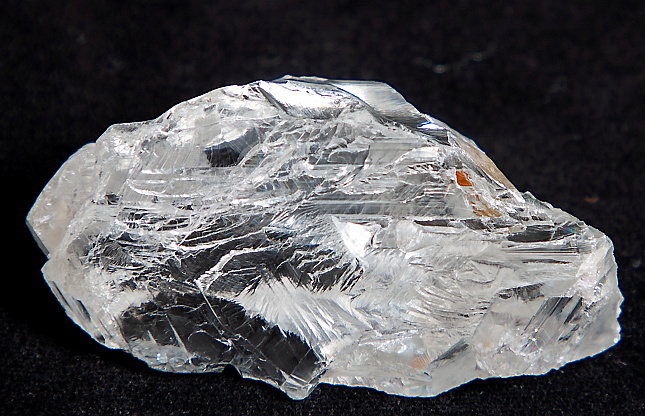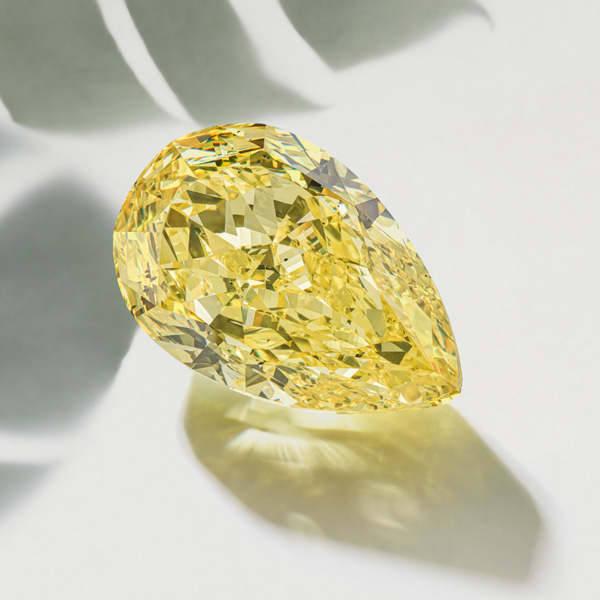The current shortfall in rough production will likely continue for up to a decade, while both demand and prices will remain strong, according to Bain & Company.
Output fell 20% to 111 million carats in 2020 as the coronavirus pandemic forced companies to shut deposits, Bain said Monday in “The Global Diamond Industry 2021-22,” the latest edition of its annual report on the sector. Production increased 4.5% to 116 million carats in 2021, when mines reopened. However, solid demand for diamond jewelry depleted resources, as did the closure of Rio Tinto’s Argyle mine in Australia, which accounted for 11 million carats a year.
“Demand was so strong, production levels had to be supplemented by inventory,” Bain partner Olya Linde told Rapaport News. “We have not seen such strong demand for a long time. Actually, I have not seen such a big boom in all my time in the industry. Going forward, it’s not that easy to just add production. So, while demand will continue to remain strong, the ability for players to increase production in the short term is very limited.”
Miners’ “technical” inventories — goods that have been extracted but are not yet ready for sale — fell to an all-time low of 29 million carats in 2021, Linde claimed.
Over the next five years, rough output is expected to grow between 1% and 2% annually, reaching just over 122 million carats by the end of 2022 — still 10% to 15% below pre-pandemic levels.
Rising jewelry demand
In 2021, demand for diamond jewelry rose 29% globally and 38% in the US, well above pre-pandemic figures. China, the second-largest market, showed similar growth, Linde noted.
“At the end of the consumer holiday season and coming into the new year, there is still a lot of interest and demand,” she explained. “Even in 2022, we can expect that demand will continue, probably not at the same level of recovery, but it will definitely be robust enough. Although we don’t have a crystal ball, and don’t know how prices will behave for sure, given that supply is limited, it sets a foundation to support very healthy price growth across categories.”
Lack of new supply
The dearth of new mines coming online as others go offline or approach their end of life is also contributing to the gloomy production forecast. While exploration is underway in Botswana, Angola, Australia and Canada, the only project that will significantly add to output in the near term is the Luaxe mine in Angola, Linde said.
“We do not expect production to recover to 139 million carats [seen in 2019] in the next five years, for sure, and even not in the next 10 years, honestly, unless there will be a major unexpected discovery that could be brought up to production fairly quickly,” she noted. “We have to remember not only do we have a very limited number of new projects, but existing mines also have declining production levels.”
Filling the hole
While availability will decrease across most categories, it is unlikely lab-grown diamonds will cover the natural-diamond shortfall, as they are doing well in their own, separate category, Linde said.
Growth in synthetics over the past year was likely supported by both a decrease in prices, as well as higher transaction volumes, she explained.
“I don’t believe that one category is taking market share away from the other,” she added. “If you look at last year, if the market is operating purely on substitution, you would be hard pressed to really say where all this demand is coming from. In the US, it far outgrew pre-pandemic levels. What that suggests to me is that there are additional consumers that are coming to make lab-grown diamond purchases that we have not seen before in the diamond sector.”
Source: DCLA














